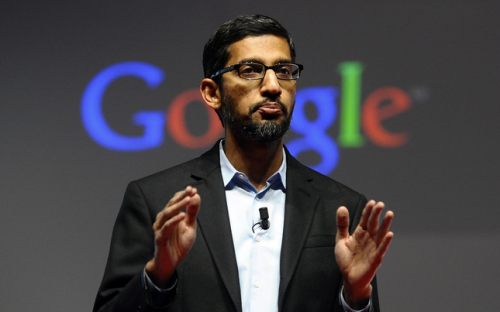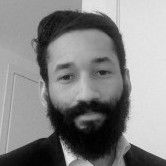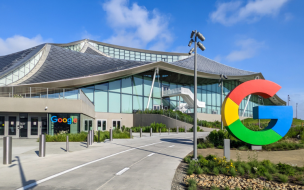Nearly one-third — 31% — of the world’s largest 500 listed companies by market capitalization have a chief executive with an MBA, according to new data from the Financial Times.
Ten business schools account for 50% of the executives — or 72 CEOs — listed in the FT500 index of publically listed firms. And 26 of the CEOs got their degrees from b-schools ranked in the global top-100.
Harvard Business School boasts the most boardroom seats, with 22 CEOs — nearly double any other school.
The most noteworthy Harvard alums include Meg Whitman, the female CEO of US tech corporation Hewlett-Packard; Jamie Dimon, JPMorgan Chase’s chief; and Gregory Case, who heads British insurance group Aon.
Leadership is a hot topic among business school students, most of whom aspire to assume roles of responsibility in their careers.
Ingrid Jensen, associate director for leadership programs at Cornell’s Johnson School of Management, said that how well MBAs can “lead and motivate other people will be the ultimate measure of their achievement and success”.
Three other elite business schools boast more than six CEOs: INSEAD, Stanford GSB and Wharton School.
INSEAD’s eight alums heading top companies include Tidjane Thiam of Credit Suisse; Helge Lund at UK oil major BG Group, soon to be acquired by Shell; and André Calantzopoulos from Philip Morris International, the west’s largest tobacco company.
Stanford and Wharton are tied with seven CEOs each. Stanford MBAs who have risen to the top include Mary Barra at General Motors and Carlos Brito at AB InBev, which plans to merge with fellow brewing giant SABMiller. Wharton’s stars are Sundar Pichai at Google, and Alex Gorsky at Johnson & Johnson.
New York’s two titans of business education, NYU Stern and Columbia Business School, now lay claim to five and six top CEOs, respectively.
The increase is driven by the fluctuating composition of the FT500 index, which swings with stock prices, and the turnover of CEOs. Oliver Bäte for example, CEO of German insurer Allianz, is a Stern alumnus, while James Gorman, the new chief at Morgan Stanley, graduated from Columbia in 1987. Both are new entrants.
Companies have long looked to elite business schools for leadership talent. “Employers are looking for leadership traits, even in entry-level positions,” said Mindy Storrie, director of leadership development at Kenan-Flagler Business School.
US schools dominate the FT500 list. INSEAD is the only non-US institution with more than two top CEOs, although Pascal Soriot, CEO of AstraZeneca, is from HEC Paris.
Northwestern’s Kellogg School has six CEOs, such as Bill McDermott of SAP and Bernard Fornas at Richemont. At Chicago’s Booth School, the most prominent of its six chiefs is Satya Nadella, who heads Microsoft.
Vanderbilt’s Owen School joins the University of Virginia’s Darden School with three FT500 chief executives. Doug Parker, CEO of American Airlines, earned an MBA at Vanderbilt; Michael Pearson, CEO of Valeant Pharmaceuticals, studied at Darden.
For the UK, Cass of London graduated Muhtar Kent, Coca-Cola’s chief; Cranfield School’s alumni include Warren East, who heads Rolls-Royce; and Bernardo Hees, CEO at Kraft Heinz, studied an MBA at Warwick Business School.
RECAPTHA :
ba
d5
ea
24








